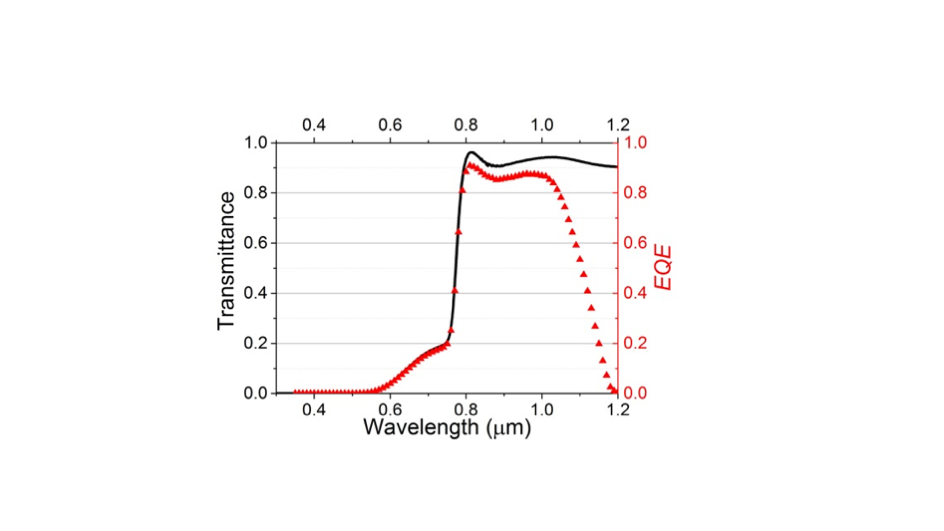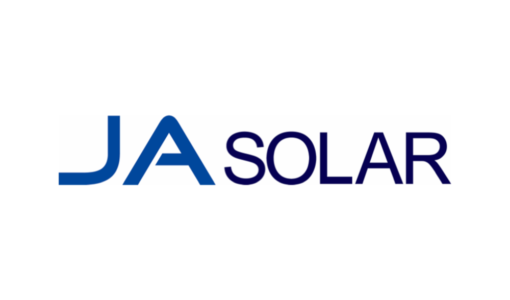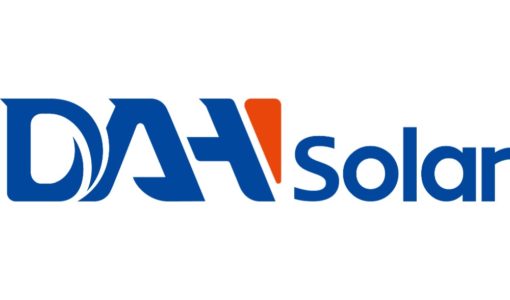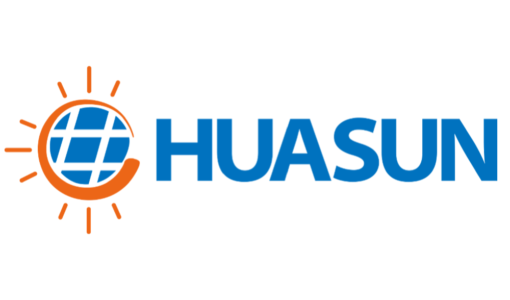- The Energy Research Institute of the Netherlands (ECN) announced a 26.3% efficiency for a commercial size tandem perovskite/crystalline silicon cell
- The perovskite cell was mechanically stacked on a 6 inch crystalline silicon bottom cell, which was based on heterojunction (HJT) technology using Metal-Wrap-Through (MWT) design
- Dutch company Solliance developed the perovskite cell with a very high near infrared transparency of 93%.
- Solliance now wants to scale-up the technology to 30x30 cm2 demonstration modules
The Energy Research Institute of the Netherlands (ECN) announced a 26.3% efficiency for a commercial size tandem perovskite/crystalline silicon cell. The perovskite cell was mechanically stacked on a 6 inch crystalline silicon bottom cell, which was based on heterojunction (HJT) technology using Metal-Wrap-Through (MWT) design. Dutch company Solliance developed the perovskite cell with a very high near infrared transparency of 93%.
Dong Zhang, researcher at Solliance, explained how the high transparency of the perovskite cell was reached. “By optimizing the ITO (indium tin oxide) composition and deposition conditions as well as careful design of the anti-reflection coating (ARC), an extremely high transparency is achieved for the top electrode, despite the low temperature process window.” Using this ITO, with a sheet resistance as low as 40 Ohm per square, a perovskite photovoltaic cell was made with an average transmittance in the relevant near infrared wavelength range (800 to 1200 nm) of 93 %. “This is significantly higher than the state of the art, which is below 85 %,” Zhang emphasized. The same glass sheet without ARC but with a perovskite cell has a transparency in this wavelength range of around 92%.
The active area of the tested small semi-transparent perovskite cell is 0.09 cm2; the power conversion efficiency is 16.4 %. According to Sjoerd Veenstra, Program Manager Perovskite Solar Cells at Solliance, “Scaling up from a laboratory scale to an industrial process is one major barrier for a successful implementation of a new promising development. Therefore Solliance employs different scales in development. Now that the device was proven with spin coated layers, we use pilot scale equipment provided by our industrial partners to scale it to a viable industrial production process.” With the expertise of its industrial partners in sheet-to-sheet spatial ALD and laser interconnection of thin film cells, Soliance now wants to scale-up the technology to 30×30 cm2 demonstration modules.”
The 16.4% semi-transparent perovskite top cell was combined with a 6 inch2 size MWT-SHJ c-Si cell of 22.7% encapsulated cell efficiency, processed by Japanese company Choshu Industry Co, Ltd., in collaboration with ECN. This c-Si bottom cell contributed 9.9 percentage points to the tandem cell efficiency of 26.3%.
Bart Geerligs, ECN’s Program Manager Hybrid Tandem Solar Cells and Modules, and Gianluca Coletti, Director of ECN Industry Research Program, said: “This result shows how feasible it is to achieve a significant efficiency gain even over high-end crystalline silicon technology and based on industrial process technology. At ECN we are working to further optimize the bottom cells and the module integration to obtain higher conversion efficiency, reliability, and lower production cost to match the market requirements for tandem applications.”
The official world record efficiency for single-junction Perovskite cells is 20.9% for a 0.99 cm2 small lab device, while the top single-junction c-Si cell efficiency is 26.7% – both records were announced in 2017.












